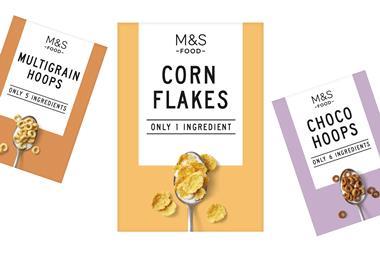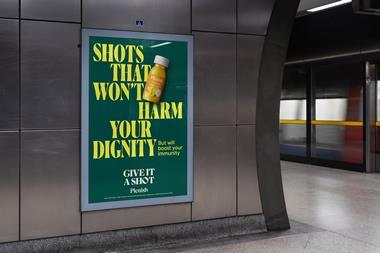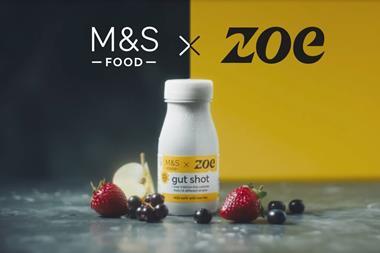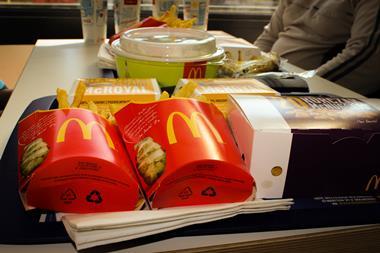W hich way do you swing? Traffic lights? GDAs? Or a bit of both? A poll of GPs and healthcare workers at a National Obesity Forum conference last week found 71% of them preferred traffic lights over GDAs.
The survey is the latest in a long line of attempts to establish whether traffic lights, GDAs or a hybrid approach is the best way forward for the industry. But soon the industry will be put out of its misery. The FSA has commissioned the biggest piece of research ever done on the subject to determine which one is the most effective in helping consumers make healthy choices - and the main champions of the two systems have pledged to take note of the findings.
Earlier this year, FSA chair Deirdre Hutton said the agency, which prefers pure traffic lights, was "committed to standing by the results", adding: "The FSA will encourage all manufacturers and retailers to adopt whatever system is shown to be the most effective."
Meanwhile, Jane Holdsworth, director of the FDF-backed GDA Campaign, told The Grocer in July: "If there is conclusive evidence GDAs don't work then we would definitely think again."
Both sides remain resolute their system is best. Last week, at the FSA's board meeting, director of consumer choice and dietary health Gill Fine said: "To date seven retailers, 14 manufacturers and four service providers have adopted the FSA's recommended approach. Support from the consumer and public health sector for FSA's approach now comprises 21 bodies. There is evidence from adopters that the traffic light code is a powerful incentive for reformulation as well as providing clear, useful information to consumers."
The FSA has carried out plenty of research into signpost labelling and says the findings indicate consumers understand traffic lights and prefer them to other systems. Traffic lights have also come out well in independent surveys. In Ipsos/Mori research conducted this month for Sainsbury's, which supports traffic lights, 56% of respondents said traffic lights provided the best at-a-glance indicator of the healthiness of foods, with 36% choosing GDAs.
The GDA Campaign for its part, will publish fresh independent research next week that will show good, and growing, levels of recognition and understanding of GDAs. It has done little work to compare its system with traffic lights . "We haven't done comparative surveys because we're not in the market for knocking other schemes," says FDF director of communications Julian Hunt. " Much of the work that's been done is comparative, which amounts to little more than which pretty picture you prefer."
Meanwhile the hybrid approach - a mixture of traffic lights and GDAs - is emerging as a strong contender. This has been adopted by Asda after its own research found 95% of people favoured it.
Asda's decision to go for a mixed format was welcomed by the FSA . But there is no appetite for concessions in the pro-GDA camp. Here, the likes of Unilever, Nestlé and Kellogg's, have rejected outright red lights on their products. They are also buoyed by Tesco, which uses pure GDAs on all own label.
Compromise here, at present, looks unlikely. But if the FSA's research, due to begin by the end of the year, finds in favour of either traffic lights or a hybrid approach, GDA users will come under intense pressure from all quarters.
And signs are that, while pure GDAs constitute an effective approach to signpost labelling, consumers like the instant clarity of traffic lights - and the FSA will get its way.



















No comments yet